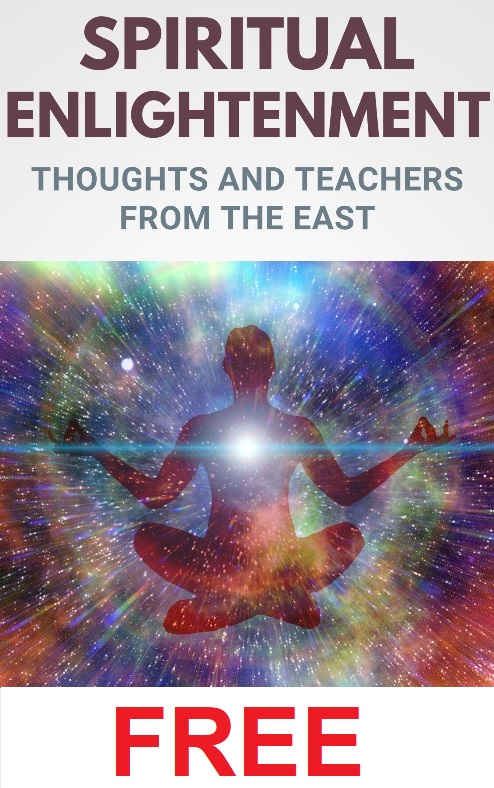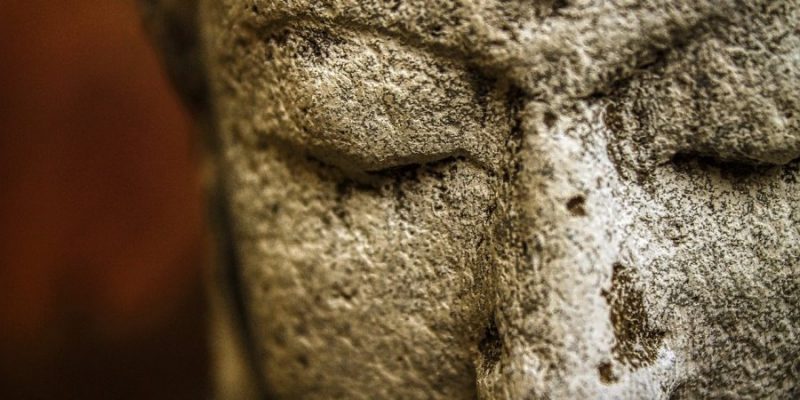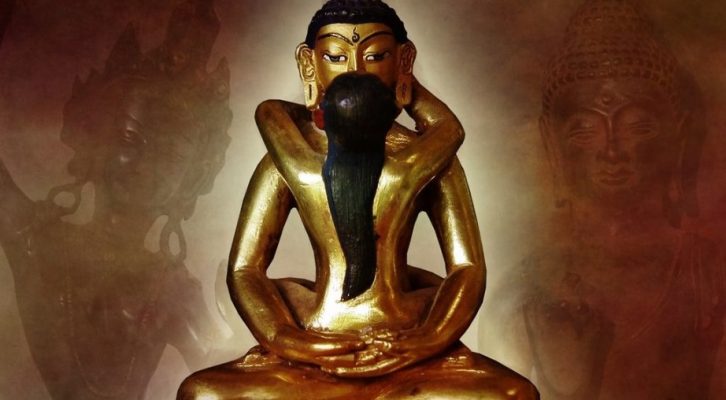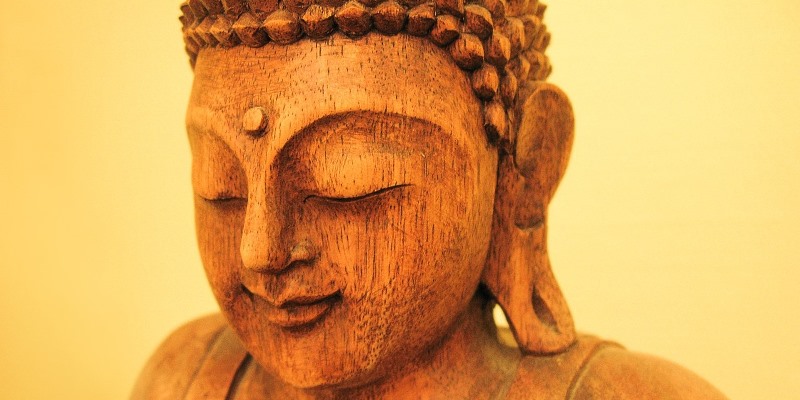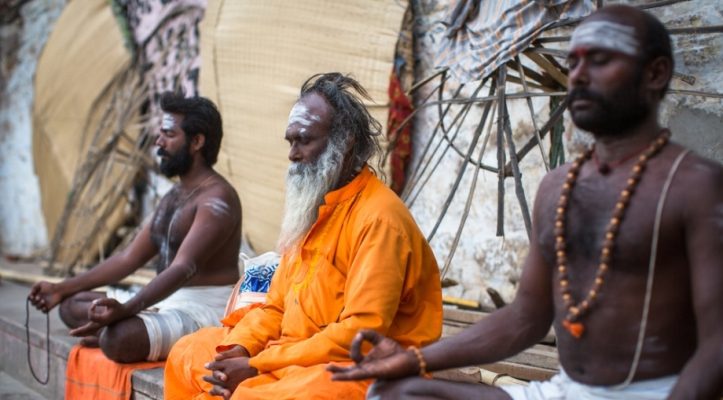
Advaita Vedanta and Tantra became prominent in India around 500 CE, and where rather influential in the following 1,000 years. The historical development of Advaita and Tantra is complicated and still under debate among scholars, and probably we’ll never exactly know how and in what order things came about.
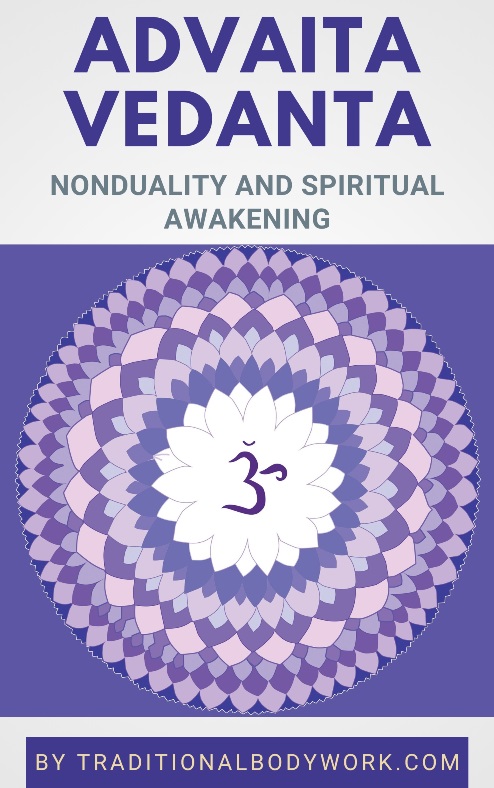
Nevertheless, from studies of earlier classical Indian religious and philosophical texts it has become clear that Tantric and Advaitic philosophy had their gradual development of ideas long before they started to get of real importance in the second half of the first millennium.
Although rising and coexisting together in the same era, Tantra and Advaita Vedanta are not often mentioned together. Yet, in a way they have much in common, aiming at the same goals, but then working to those goals from out another approach.
In the Tantric discourse, you will now and again find references to Advaitic ideas, but in Advaita, however, Tantra is seldom mentioned. Maybe this is not so odd, because Tantra “embraces all and everything” and Advaita “excludes all and everything” to give a very simple summary of their basic stance.
In fact, both systems focus on achieving a conscious state of nondualism, which is a type of monism that asserts that there’s ultimately one absolute reality in which the duality of the world we experience is transcended (or overcome).
As a rule, Advaita claims that Atman (self-existent essence of each individual, the Self or Soul) and Brahman (the highest unknown and not to be known founding universal principle) are actually one and the same and that their apparent separation in duality is an illusion. According to Advaita theory, there are different planes of consciousness and reality, each valid on its own level, but in truth there’s only one Real and Absolute Consciousness in which all those planes exist and are created of. This insight and subsequent living experience needs to become our culminating spiritual truth.
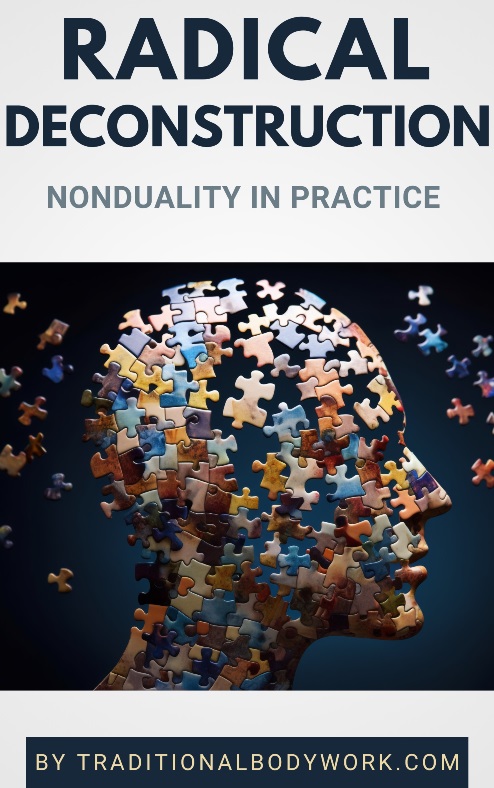
Tantra takes a somewhat different approach. It claims that reality expresses itself through duality, being Shakti (the dynamic, energetic feminine principle, which is often equated with Kundalini Energy) and Shiva (the hidden masculine, cosmic principle without form, all-pervasive and omnipresent), which are two intrinsically related parts of a higher whole, in truth forming a sacred unity. The consciously achieved Spiritual Union of seemingly opposing parts in life as they present themselves to us is Tantra’s highest goal.
Hence, both Tantra and Advaita aim at realizing this greater unity, this state of non-duality, as a living truth in our lives. Nonetheless, they use different techniques and methods to achieve their final objective, the latter by both described as Self-Realization, Spiritual Enlightenment, Spiritual Liberation, Absolute Consciousness, Moksha, Samadhi, and so on.
Advaita Vedanta, as a type of Jnana Yoga, is an intellectual endeavor, one that uses a discourse that is aimed at “insight” in the fleetingness and illusion of perceived phenomena, may they be physical, emotional, mental, or even spiritual. Although early texts point to the possible use of physical Yoga techniques in Advaita, it finally directed its main focus on studying and contemplating certain classic texts and phrases, talks with Gurus often carried out in a question and answer format (Satsang), and personal, non-dual meditation or contemplation to gain direct knowledge of the ultimate reality.
Tantra, however, boasts a vast set of practices, embracing everything, from devotion, selfless work, Yogic exercises, bodywork, chanting, dance, music, and mantras, to a complex range of rituals and whatnot. Often, Tantra engages in those practices and activities that are considered “immoral” or at least not-standard in conventional society, just to make a point of excluding nothing and restoring balance. All is sacred, all is worthwhile, duality doesn’t really exist, on an absolute level there’s no right or wrong.

One could almost say that Advaita supplies the theoretical, intellectual means to achieving Spiritual Liberation, while Tantra emphasizes the practical means, using the “unreal world” to achieve its goals. Even Neo-Tantra, or Sacred Sexuality — often criticized for its sexual focus — cannot else than be seen as an expression of “embracing everything,” and worthwhile in its own era as a need that needs to be fulfilled.
In fact, Advaita Vedanta delivers no actual practical means for Spiritual Enlightenment. There’s no “path” to be followed. It merely states what’s-not-true, aiming then at what’s-true to reveal itself. The latter can be considered a form of sudden insight, but it’s kind of a negative insight that is said to lead to a deep wordless understanding of the Self, God, and the World.
What is often forgotten (or not mentioned) in Advaitic circles, is that many Indian Advaita Gurus from the past were also (partly) Tantrikas and deeply religious, engaging in pujas, mantras, bhajans, Yoga, offerings, and the like. A Jnana Yoga Advaitin could be using different “Yogas” at the same time, including Karma Yoga (path of selfless work), Bhakti Yoga (path of devotion), and Raja Yoga (path of meditation).
Tantra and Advaita are not mutually exclusive. Far from it. To state things simply: Tantric practices could be described as the physical and emotional expression of non-duality, which includes relationships, sexuality, work, exercise, pleasure, the good and the ugly … everything, while Advaita would rather represent a kind of direct intellectual and intuitive experience of non-duality.

